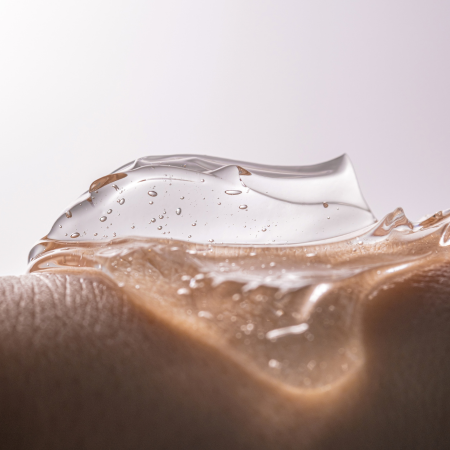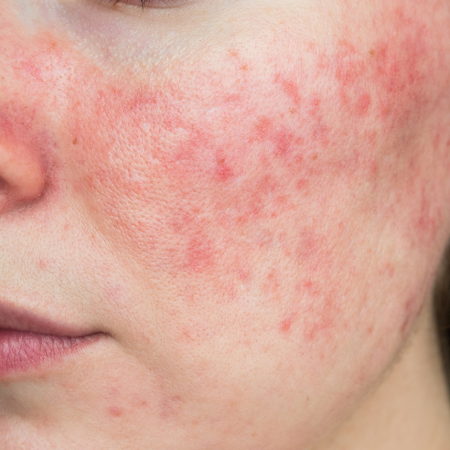How to Use PDO Thread Lift to Prevent the Signs of Aging
Looking for an easy and immediate way to look years younger? Then you should check out a PDO thread lift. Sure, there are a lot of different treatments out there that promise to help you restore your youth, but a PDO thread lift is unique. In this blog post, we’ll break down PDO thread lifts and tell you how to get the best results. So, if you’re ready to look years younger right now, keep reading to learn more.
What is PDO Thread Lift?
A PDO (polydioxanone) thread lift is a minimally invasive procedure that uses absorbable sutures. This type of thread lift technique was first applied in Korea, and it has quickly become popular among aesthetic and plastic surgeons because it can give instant results without surgery or general anesthesia. The doctor can strategically place threads under the skin, which act as anchors that can help to achieve tighter, firmer skin with minimal downtime. PDO thread lifts offer promising results for people looking for fast and discreet facial rejuvenation, but with relatively short-term effects. For those interested in taking advantage of this quick fix option, it will be important to have realistic expectations followed by periodic maintenance over time in order to maintain desired results.
What Results Can You Expect from a PDO Thread Lift?
PDO thread lifts are used to help lift droopy skin and reduce the appearance of wrinkles. The procedure works similarly to a facelift but without any surgical incisions. By using blunt cannulas, doctors can insert absorbable sutures beneath the skin with minimal to no damage or scarring on the surface. The sutures form a kind of frame that supports droopy skin, and the results of the procedure can be seen immediately after treatment, with additional benefits emerging over time as the sutures slowly dissolve into your body and stimulate collagen synthesis.
The results of the PDO thread lift vary from person to person. Some individuals may experience subtle changes, while others may see noticeable changes in their face's contours and wrinkles. Additionally, some individuals may find that they need multiple treatments to achieve their desired results. However, overall, most people report being satisfied with their results and looking much younger than before.
It's important to know that a PDO thread lift can't completely reverse the signs of aging or make your skin look like it did when you were young. Instead, it can help reduce the appearance of sagging skin by repositioning tissue.
When evaluating the effectiveness of a PDO thread lift, it is important to remember that individual results may vary greatly and that there are certain risks associated with this procedure, such as bleeding or bruising, swelling, infection, and scarring. Before choosing this treatment, it's best to talk to an experienced doctor about it, since it might not be right for everyone.
Immediate Results and Long-Term Benefits
PDO Thread Lift is a less invasive alternative to surgery that can help you look younger right away. After the procedure, the effects can be seen right away as the patient's tissues are repositioned to help make their faces look younger. The PDO threads also work like scaffolding under the skin to give the face volume, structure, and contour. The major benefit of using PDO Thread Lift is having minimal downtime. Patients will experience minimal pain and minimal scarring, and the results can last up to one year.
But it's important to know that this procedure isn't meant to replace traditional cosmetic treatments for advanced aging, deep wrinkles, or skin with excessive laxity. It's best used as a preventative measure or when early signs of aging appear.
Who is a Good Candidate for a PDO Thread Lift?
A PDO thread lift is an ideal choice for many individuals looking for non-invasive ways to address the signs of aging. But it's important to talk to a qualified health care professional first about the possible risks and benefits of such a treatment and to make sure you are a good candidate.
Many people who have mild to moderate sagging in their skin can achieve good results with a PDO Thread Lift. One way to find out if you are a good candidate is to talk to the plastic surgeon or other medical professional who will be doing the procedure. When deciding who is eligible, other things like age or loose skin will be taken into account. Generally, those who are healthy and between the ages of 30 and 55 may be considered prime candidates for PDO thread lifting. During your consultation, you should ask if there are any other things you need to know to make sure this procedure will give you the results you want.
Even though many people think that thread lifts are great for people who are just starting to show signs of aging because there isn't much downtime, you should still think about the risks. Although PDO threads are low risk procedures, the possibility of risk and complications still exists. That's why having realistic expectations and knowing possible side effects should be part of anyone's decision-making process on whether or not to receive one. Redness, bruises, and swelling are some of the minor risks of the procedure, but they usually go away within a few weeks. During your consultation, be sure to openly communicate your aesthetic goals and concerns, and what you can expect from the treatment and post-treatment care.
In the end, there are many things you need to think about to decide if you are a good candidate for a PDO thread lift procedure. Talking to your doctor is a good place to start if you want to find out if you are eligible for this facial rejuvenation treatment and learn about all of the possible risks and benefits.
Possible side effects and risks
When deciding whether or not to get a PDO thread lift, it's important to think about the possible risks and side effects. As with any medical procedure, there are both short-term and long-term risks and side effects that you should be aware of before consenting to the treatment.
With a PDO thread lift, the most common short-term side effects are:
- skin redness
- swelling
- discoloration
- bleeding or bruising
They usually subside in 2 to 4 weeks. There may also be some minor discomfort or pain after the procedure, which can be managed using over-the-counter pain medication.
Less common but more serious risks of a PDO thread lift include:
- Getting an infection
- Having an allergic reaction to the materials used in the treatment
- Skin dimpling or bunching
- Damage to deeper structures like nerves and muscle
While proper technique is necessary to decrease these risks, proper care of your treatment area skin prior to and following the procedure is essential in order to prevent potential complications or side effects. It is also important to note that PDO threads dissolve in 6-8 months and do not deliver permanent results.
Recommended Aftercare and Recovery
When considering a PDO Thread Lift, a patient should understand that there are certain precautions that need to be taken during the recovery process. Proper aftercare is important to reduce the risk of complications.
The procedure takes an average of 1 hour, and patients can return home right after the procedure. However,they should avoid doing anything too strenuous for at least 2-3 weeks. Usually, ice packs and over-the-counter painkillers like acetaminophen or ibuprofen can help with any pain or discomfort. It is also important to avoid massaging the treatment area. It is advised to wear loose clothing over the treated area, as this encourages good circulation and healing.
Redness, bruising, or swelling may also happen in the treated area, but this should go away in a couple of weeks.
You should carefully adhere to post-treatment care instructions provided by your practitioner in order not to interfere with results or disrupt normal healing processes.
Overall, PDO thread lifts are minimally invasive procedures with low risks compared to surgical procedures. However, patients do need to take good care of their treated areas to minimize the chances of side effects and complications.
Contact MINT™ PDO for High-Quality Threads
MINT™ PDO Thread Lift could be the perfect solution for you if you want to look younger and lifted without having to go through a lot of trouble. Our thread product is made from polydioxanone (PDO) and clinically studied for its safety and efficacy. Contact us today to learn more about our MINT™ PDO Thread Lift product.




